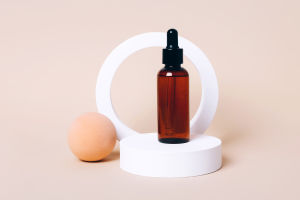A lifebuoy is an essential water safety device widely used in swimming pools, beaches, boats, and other water areas to protect swimmers and water activity participants.
Its design aims to provide buoyancy, helping individuals in distress in the water stay afloat and preventing drowning incidents.
This article will detail the history, design, functions, and usage precautions of the lifebuoy, aiming to enhance people's awareness and understanding of this safety equipment.
1. History
The origin of the lifebuoy dates back to the 19th century when maritime accidents were frequent, and many sailors faced the risk of drowning. Early life-saving devices were primarily made from wood or hemp rope, offering insufficient buoyancy and being inconvenient to use.
With technological advancements, modern lifebuoys began to emerge in the early 20th century. They are typically made of inflatable materials or polyvinyl chloride (PVC), effectively providing buoyancy, and are lightweight and easy to carry.
2. Design
Modern lifebuoys are usually ring-shaped, with diameters typically ranging from 60 to 90 centimeters. The outer layer is made from wear-resistant, waterproof materials, while the interior is filled with lightweight buoyant materials.
The design of a lifebuoy must not only ensure its buoyancy performance but also guarantee comfort and safety during use. Many lifebuoys feature reflective strips on the outside to enhance visibility at night. Additionally, lifebuoys often come equipped with grips or hooks, allowing rescuers to quickly and conveniently assist those in need.
3. Functions
The primary function of a lifebuoy is to provide buoyancy, helping individuals who have fallen into the water stay on the surface, thus preventing drowning. In emergencies, using a lifebuoy can help the person in the water conserve energy while waiting for rescue.
Furthermore, the lifebuoy can serve as a rescue tool; rescuers can throw it to those in distress, aiding in their escape from danger. Lifebuoys can also be utilized in water sports, such as kayaking and surfing, to enhance participant safety.
4. Usage Precautions
1. Ensure Integrity: Before using a lifebuoy, check it for any damage or leaks. Regularly inspect and maintain lifebuoys to ensure they are always in good working condition.
2. Proper Wearing: When using a lifebuoy, ensure it is correctly positioned around your body, allowing the ring to fully encircle you to avoid slippage or loss of buoyancy.
3. Stay Calm: In water emergencies, remaining calm is crucial. Once you have grasped the lifebuoy, avoid vigorous struggling; instead, relax your body and utilize the buoyancy to wait for rescue.
4. Follow Safety Regulations: In public places such as swimming pools and beaches, always adhere to relevant safety regulations and operational guidelines, refraining from engaging in hazardous water activities without permission.
Whether swimming, surfing, or participating in other water activities, the importance of using lifebuoys should not be underestimated. Through the scientific and reasonable use of lifebuoys, we can effectively reduce the incidence of water-related accidents and guarantee the safety and enjoyment of water activities.


